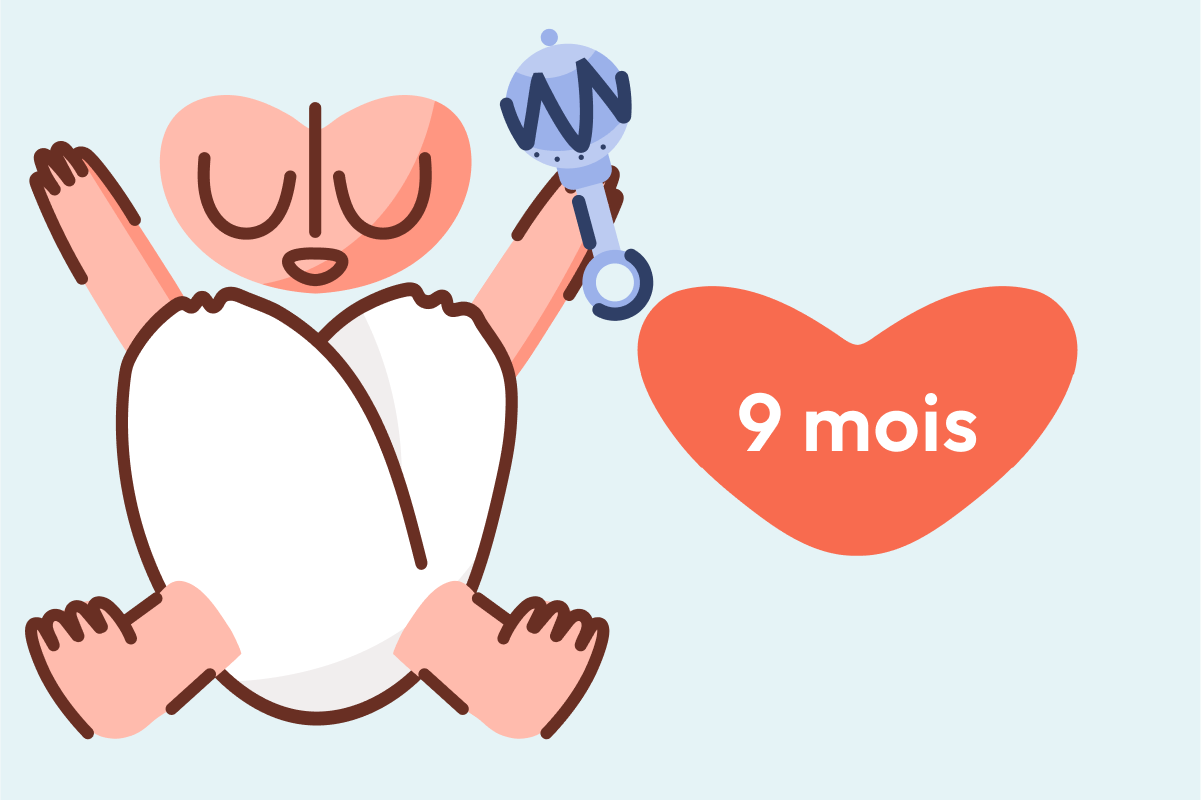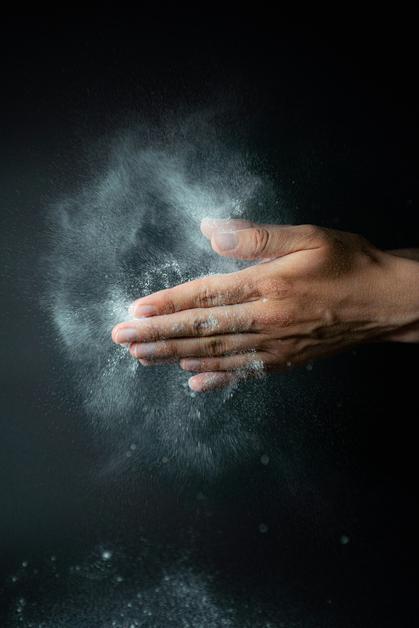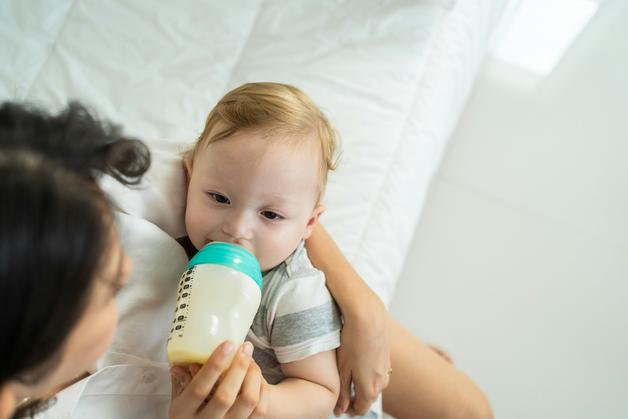For every parent watching their 9 month old baby, each new movement feels like a small revolution. Those first real crawls, the wide-eyed fascination with a spoon or a shadow, the relentless energy between two naps—the daily routine turns into a whirlwind of discovery and, let’s be honest, sometimes confusion. When is it okay for my 9 month old baby to drop a nap? Why is my little one trying to pull up on the table? Is this cough simply a part of childhood—or more serious? Understanding these rapid changes and staying one step ahead offers both reassurance and clear direction. In these upcoming sections, you’ll find answers shaped by developmental science and expert recommendations, always placing your family’s reality—uncertainty, joy, fatigue, and all—at the center. Get ready to explore physical growth, fine and gross motor skills, nutrition essentials, proper sleep hygiene, and home safety, all tailored for your 9 month old baby.
Why 9 months is a key stage of change
Every 9 month old baby enters a time of exponential curiosity and transitions—a stage defined by a real hunger for movement and language. Some babies are already crawling backwards before they cruise forward, while others perfect sitting or try to pull up on the nearest surface. If you’re watching your 9 month old baby experiment with babbling (“mamama”, “dadada”), or show signs of stubborn food choices, it’s all part of the fascinating mosaic of early development. Babbling, waving, clapping—these are not random, but marks of growing coordination between muscles and mind. Even separation anxiety, that sudden hesitation with strangers, reflects leaps in attachment and memory. No two babies move at the same pace, but tracking the emerging patterns offers a lens to support, encourage, and sometimes simply enjoy the ride.
Physical growth and development at 9 months
Growth is still in full swing for your 9 month old baby, but the acceleration seen in the first half-year begins to level out. Regular monitoring of length, weight, and head circumference—mapped on percentiles unique to your baby—remains essential. Keep an eye on overall health, not just numbers: increased activity, joyful interactions, and curiosity are reassuring signs.
Gross motor skills: the urge to move
Chances are, your 9 month old baby is now entering territory once only dreamed about—sometimes literally. Crawling, pulling up to stand (with enthusiastic wobbles!), and even those first attempts at side-stepping along the furniture become daily milestones. Some might not crawl but roll, shuffle, or scoot. What matters is the impulse to explore—stretching every muscle. Encourage this self-propulsion by setting a toy just out of arm’s reach, or providing safe, open space. Over time, muscle tone and balance improve, paving the way for future steps.
Fine motor skills: small wonders
The “pincer grasp”—that delicate action of thumb meeting forefinger—signals progress toward picking up tiny items. Suddenly, your 9 month old baby’s fascination with picking up food or blocks can fill a whole afternoon. Offer soft cubes, linking rings, or spoons with interesting textures to deepen dexterity. Of course, everything lands in the mouth eventually—not just for mouthing’s sake, but for a sensory “inspection” that’s critical for brain development. Safety tip: keep the environment free of anything that fits neatly inside a baby’s mouth since tiny objects can become choking hazards.
Language and communication: words before words
You may hear a wild, inventive chatter of syllables—babble that mimics the rhythm and melody of real speech. At 9 months, a baby may not articulate sentences, but language development is impossible to miss. Your 9 month old baby often turns toward voices, recognizes their name, and cries differently when upset versus hungry. Simple games—singing rhymes, reading colourful books aloud, or narrating daily tasks—are genuine boosters for the emerging language network. Respond with exaggerated facial expressions and excitement; long before first words, these back-and-forth exchanges prime social skills and strengthen emotional bonds.
Cognitive development: curiosity becomes mastery
Suddenly the world is divided into what’s seen and what’s hidden. The concept of object permanence—knowing that a hidden toy still exists—begins to flourish. This is why “peek-a-boo” is such a hit with your 9 month old baby. However, this developing awareness also means a newfound anxiety when a loved one exits the room. It’s normal. Offering short routines—a kiss, a wave, a consistent phrase—at each separation helps build security and teaches that reunion always follows parting. Play enables further leaps: putting objects in containers, shaking rattles to see the result, or exploring different surfaces. Think textured balls, musical toys, or soft blocks for both tactile and cognitive growth.
Establishing daily routines: balancing play, sleep, and feeding
Predictability brings comfort at this whirlwind age. Structure a day for your 9 month old baby with distinct periods: energetic play, restful naps, and inviting meals. Short, focused play sessions of 15–30 minutes maintain engagement, with pauses to avoid overexcitement—babies signal with jerky movements or fussiness when they’ve had enough. Provide a secure environment so crawling, exploring, and grabbing are safe for your spirited learner.
Selecting toys for active learning
Manipulatives that click, stack, rattle, or squish drive fine and gross motor coordination. Soft storybooks and sensory balls encourage two-handed play and curiosity. Make play areas inviting but hazard-free so your 9 month old baby can move from one challenge to the next, all under careful supervision.
Nurturing autonomy
Amplify independence by inviting your baby to attempt new skills—self-feeding with broad-handled spoons, choosing between two toys, or practicing drinking from a sippy cup. Choices, however small, spark confidence in their emerging autonomy.
Health and baby care at 9 months
Decoding coughs: when to worry
Coughs can often sound much worse than they are. For a 9 month old baby, types of coughs can offer clues:
- Dry cough often crops up with viral infections, disrupts sleep, and may lead to mild throat irritation.
- Wet cough is associated with chest congestion or bronchiolitis. Expect sounds of mucus movement, with productive coughing helping clear airways.
- Nocturnal cough might suggest post-nasal drip or reflux.
The remedy begins at home: humidify the air, keep your 9 month old baby hydrated (breast milk, formula, or offered water), and slightly elevate the head at sleep time. Avoid cough syrups and expectorants in babies; these are not recommended due to lack of proven benefit and risk of adverse effects. Instead, clear congestion with saline nasal drops and gentle suctioning before feeds or sleep.
Key signs for immediate medical consultation: persistent cough beyond 10 days, breathing difficulty, noisy respiration, fever, poor feeding, or any blue tinging around lips or fingertips. Bronchiolitis, often driven by RSV, is serious if breathing seems laboured or if there is retraction of the chest wall during inhales. Trust your observations—no concern is ever too small for a paediatrician’s advice.
Sleep routines at 9 months
Creating a soothing bedtime ritual
Repetition and predictability are sleep’s best friends. A short bath, a gentle baby massage, a favourite lullaby—each forms threads of a calming pre-sleep sequence. Over time, even the act of putting on sleepwear cues your 9 month old baby that night is coming.
Sleep patterns and nap needs
Expect sleep to total 12-15 hours across 24 hours, typically split into two naps and a longer night-time stretch. Sleep can be disrupted by teething, motor milestones, or emerging separation anxiety. Maintain consistent nap and bedtime routines, even if night waking occurs. Comfort, cuddle, but let your baby settle independently where possible (often babies need to learn the skill of falling asleep on their own—“self-soothing”).
Separation anxiety during bedtime
If your 9 month old baby cries as you leave the room, leave a familiar object, offer a brief cuddle, and reassure with calming tones. Some families find that staying nearby for a moment, then gradually reducing presence, helps solidify a sense of security.
Feeding and nutrition for your 9-month-old
What and how much to eat?
A 9 month old baby is in the heart of the complementary feeding era—sampling purees, soft-cooked chunks, and a diversity of textures. Continue to offer breast milk or formula as the main hydration, introducing small sips of water as needed, especially with meals or in hot weather. Build meals from:
- Soft, mashed vegetables
- Tender bits of fruits
- Cooked grains (rice, suji, oats)
- Lean protein: egg yolk, boneless fish, poultry, dal (lentils), paneer
Plant-based diets are absolutely possible, but ensure adequate protein diversity. Iron-rich foods are vital now, as the store from birth wanes. Mealtime is also about social learning—let your 9 month old baby touch and taste, even if meals turn messy. Avoid honey before 12 months (risk of botulism), whole nuts, or chunks of raw vegetables and fruits that could choke.
Encouraging healthy eating habits
Not every new texture will be accepted at once. Offer a rejected food again a few days later, varying shapes and colours. Use playful presentation but always prioritise safety: sit with your baby during all meals, cut foods into safe pieces, and discourage distractions that could increase choking risk.
Home safety: a mobile baby’s world
Freedom of movement means increased risks. At 9 months, a baby can move with unexpected speed.
- Install sturdy baby gates at stairs, block access to kitchens and bathrooms, and anchor furniture to walls to prevent “tip-overs.”
- Cover electrical sockets and bundle cords out of sight.
- Secure medicines and cleaning agents well out of reach.
- Hot drinks, sharp objects, and heavy items must move off the edges of tables and counters.
- Water safety cannot be overstated: never leave a baby alone in a bath, even for a moment.
At bedtime, ensure the sleeping area remains clear: a firm mattress, no blankets, pillows, or toys near the head, and always put your baby down on their back to reduce SIDS (Sudden Infant Death Syndrome) risk.
Stimulating growth through activity and play
Every day unlocks new possibilities. Encourage your 9 month old baby to crawl toward an inviting toy, navigate soft cushions, stand while gripping furniture, and explore with ride-on toys that offer gentle support. Sensory play is invaluable: water play, exploring safe kitchen tools (like a silicone spatula), and playing with gentle musical instruments. Storytime, especially with animated voices or colourful images, cements the connection between sound and meaning. Social games—peek-a-boo, pat-a-cake, or clapping to music—foster both motor and cognitive prowess.
Supporting autonomy and emotional resilience
Not every moment is easy—a new flavour rejected, a brief goodbye before a nap, a tumble during crawling. Encourage brief stints of independent play nearby and acknowledge your baby’s distress with warmth and presence. Each tiny struggle or minor disappointment handled gently becomes the groundwork for later confidence and independence.
Key Takeaways
- A 9 month old baby stands on the frontier of movement, speech, and emotional connection—expect surprises and embrace small hurdles.
- Diverse meals, safe textures, and a flexible approach to new foods support healthy nutrition and independent eating.
- Predictable sleep and play routines not only provide comfort, they foster development and help your baby master milestones at their own rhythm.
- Home safety is foundational—thorough babyproofing and vigilant supervision must adapt as mobility expands.
- Activities that blend movement, sensory discovery, and language exposure create fertile ground for cognitive leaps.
- When in doubt or concern, reaching out to health care professionals offers peace of mind and expert insight.
- Explore even more support, advice, and personalised health checklists for your child with the application Heloa—a free, essential companion for every family journey.
Questions Parents Ask
What activities can help a 9 month old baby’s development?
Simple, hands-on play captures attention at this age. Activities like peekaboo, block stacking, or gently rolling a ball prompt both motor and cognitive progress. Let babies explore textures—soft fabrics, silicone spoons, sensory balls. Interactive story sessions, songs, and mimic games (clapping, waving) all strengthen emerging language and social skills.
Can a 9 month old baby drink water?
Yes, offering small sips of water during meals or warmer days is safe for a 9 month old baby. Use a sippy cup to build self-feeding skills, but continue prioritising breast milk or formula for core nutrition and hydration during the first year.
How often should a 9 month old baby visit the paediatrician?
Regular check-ups are scheduled to monitor growth, update immunisations, and discuss any new concerns—developmental milestones, feeding, sleep, and common illnesses. Use these visits to raise questions and seek tailored advice for your family.
Further reading:









